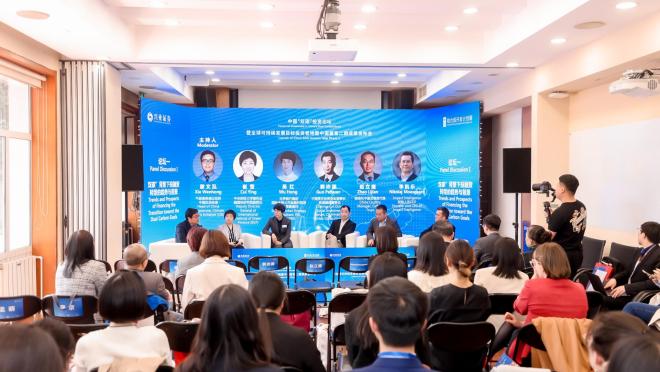Since China began to open up and reform its economy in 1978, GDP growth has averaged almost 10% a year, and more than 800 million people have been lifted out of poverty. There have also been significant improvements in access to health, education, and other services over the same period.
China is now an upper-middle-income country. It will be important going forward that poverty alleviation efforts increasingly shift to address the vulnerabilities faced by the large number of people still considered poor by the standards of middle-income countries, including those living in urban areas.
China’s high growth based on resource-intensive manufacturing, exports, and low-paid labor has largely reached its limits and has led to economic, social, and environmental imbalances. Reducing these imbalances requires shifts in the structure of the economy from low-end manufacturing to higher-end manufacturing and services, and from investment to consumption.
Over the past few years, growth has moderated in the face of structural constraints, including declining labor force growth, diminishing returns to investment, and slowing productivity. The challenge going forward is to find new drivers of growth while addressing the social and environmental legacies of China’s previous development path.
China’s rapid economic growth exceeded the pace of institutional development, and there are important institutional and reform gaps that China needs to address to ensure a high-quality and sustainable growth path. The role of the state needs to evolve and focus on providing stable market expectations and a clear and fair business environment, as well as strengthening the regulatory system and the rule of law to further support the market system.
Given its size, China is central to important regional and global development issues. China is the largest emitter of greenhouse gases, and its air and water pollution affects other countries. Global environmental problems cannot be solved without China’s engagement. Moreover, maintaining economic growth at reasonable levels has important spillovers for the growth of the rest of the world economy.
Many of the complex development challenges that China faces are relevant to other countries, including transitioning to a new growth model, rapid aging, building a cost-effective health system, and promoting a lower carbon energy path. China is a growing influence on other developing economies through trade, investment, and ideas.
Source: World Bank, China Country Overview
Access the China SDG Investor Map narrative report here.
29



Renewable Resources and Alternative Energy, Infrastructure, Health Care
0.761
How is this information gathered?
SDG Investor Maps employ an 8-step methodology, combining data research and stakeholder consultations to identify Investment Opportunity Areas (IOAs) and potential business models with significant financial and impact potential.
Disclaimer
UNDP, the Private Finance for the SDGs, and their affiliates (collectively “UNDP”) do not seek or solicit investment for programmes, projects, or opportunities described on this site (collectively “Programmes”) or any other Programmes, and nothing on this page should constitute a solicitation for investment. The actors listed on this site are not partners of UNDP, and their inclusion should not be construed as an endorsement or recommendation by UNDP for any relationship or investment.
The descriptions on this page are provided for informational purposes only. Only companies and enterprises that appear under the case study tab have been validated and vetted through UNDP programmes such as the Growth Stage Impact Ventures (GSIV), Business Call to Action (BCtA), or through other UN agencies. Even then, under no circumstances should their appearance on this website be construed as an endorsement for any relationship or investment. UNDP assumes no liability for investment losses directly or indirectly resulting from recommendations made, implied, or inferred by its research. Likewise, UNDP assumes no claim to investment gains directly or indirectly resulting from trading profits, investment management, or advisory fees obtained by following investment recommendations made, implied, or inferred by its research.
Investment involves risk, and all investments should be made with the supervision of a professional investment manager or advisor. The materials on the website are not an offer to sell or a solicitation of an offer to buy any investment, security, or commodity, nor shall any security be offered or sold to any person, in any jurisdiction in which such offer would be unlawful under the securities laws of such jurisdiction.





















